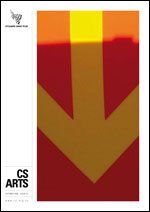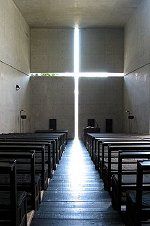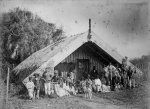

Slide title
Write your caption hereButton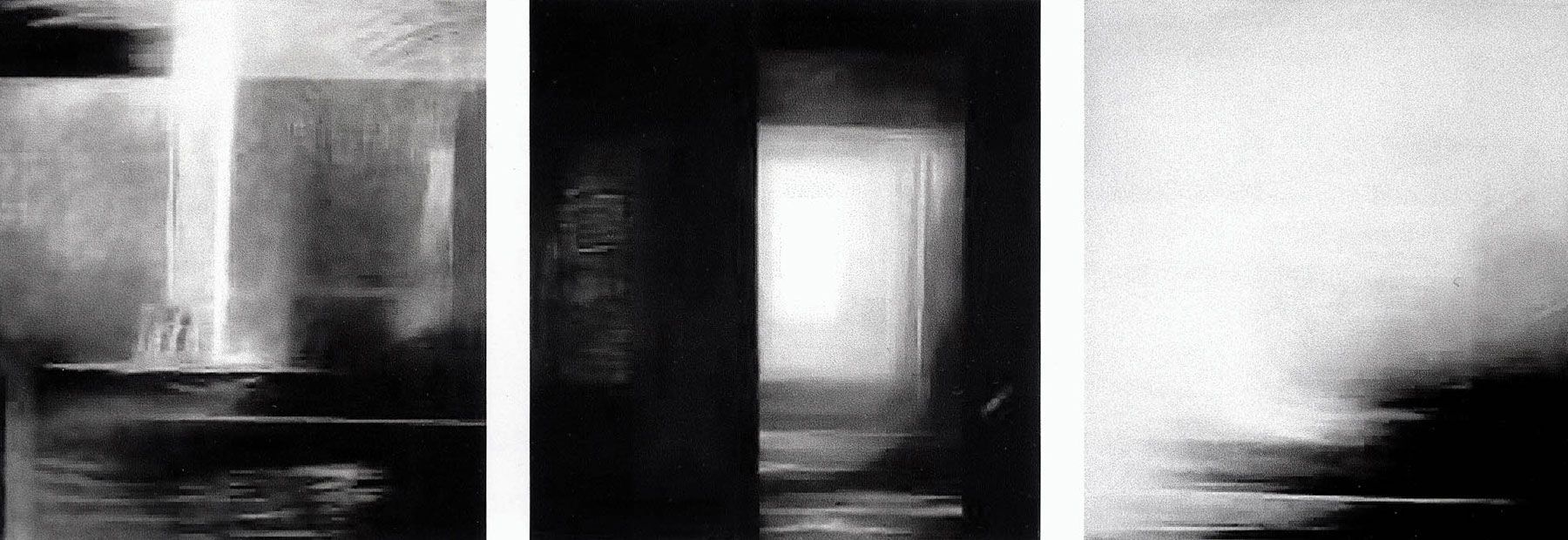
Slide title
Write your caption hereButton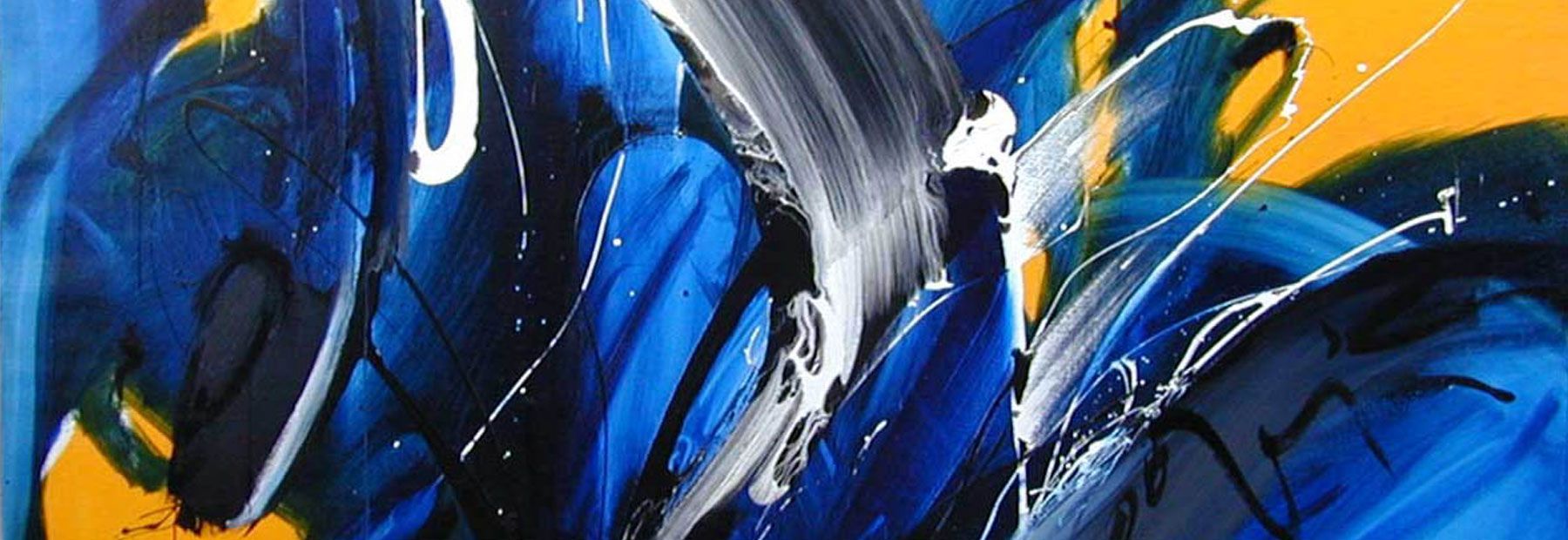
Slide title
Write your caption hereButton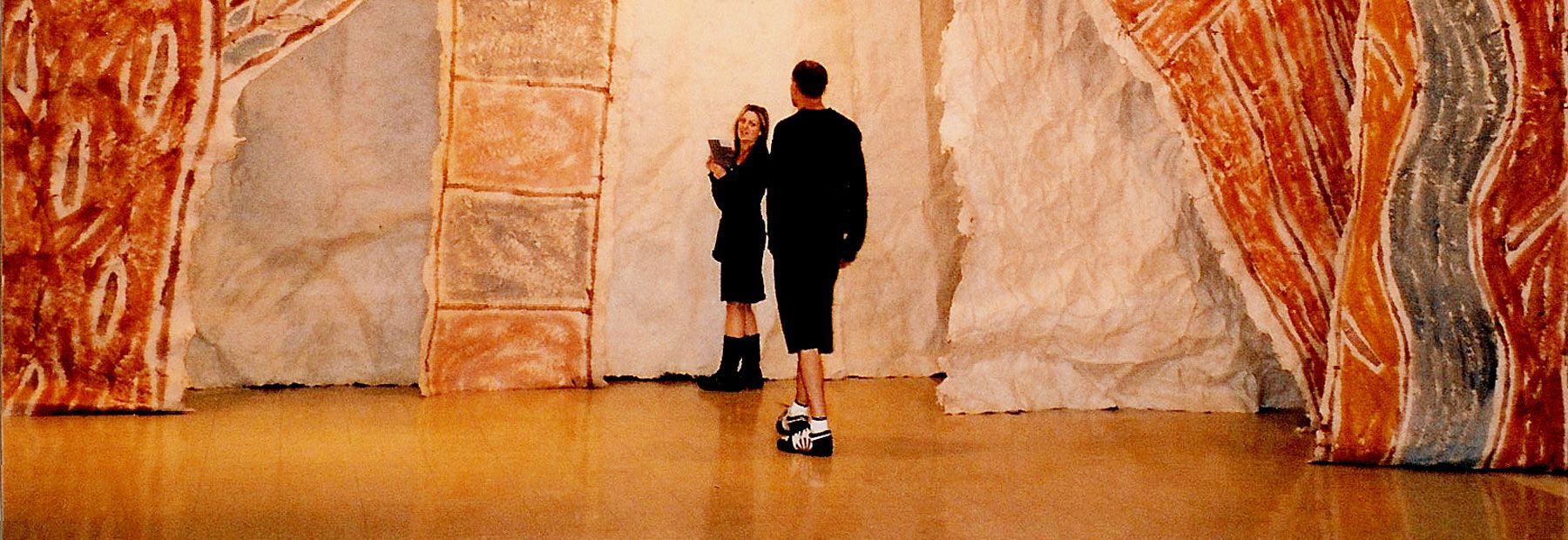
Slide title
Write your caption hereButton
Slide title
Write your caption hereButton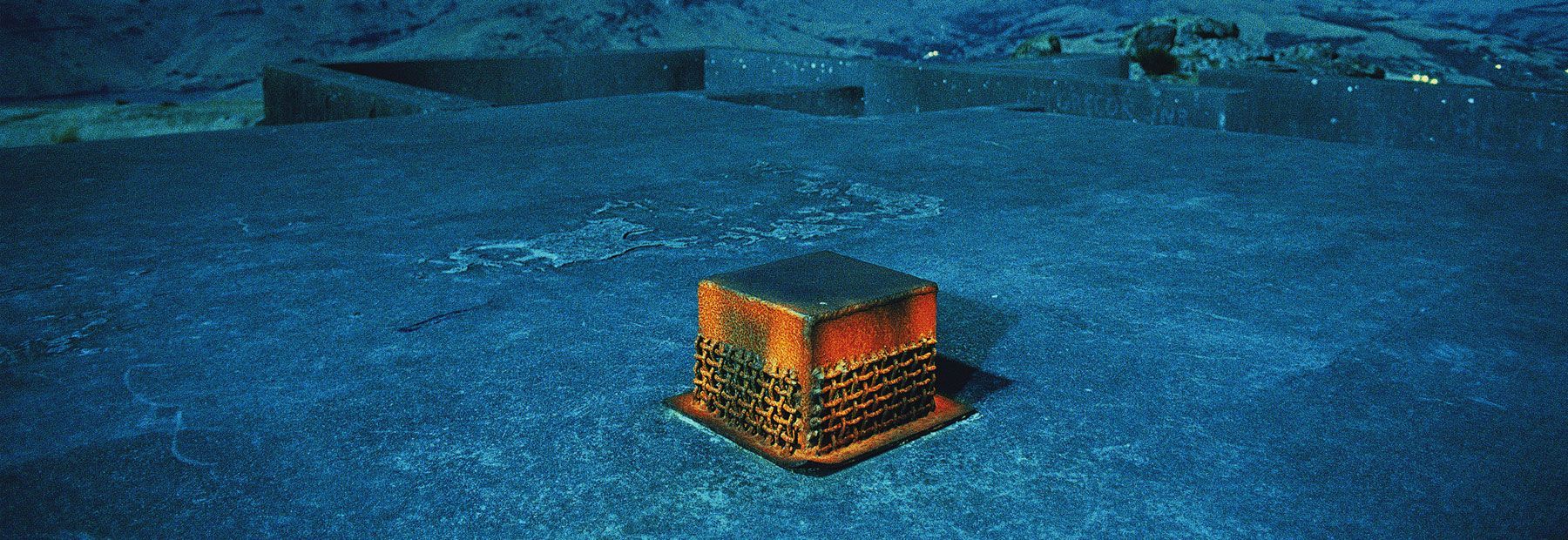
Slide title
Write your caption hereButton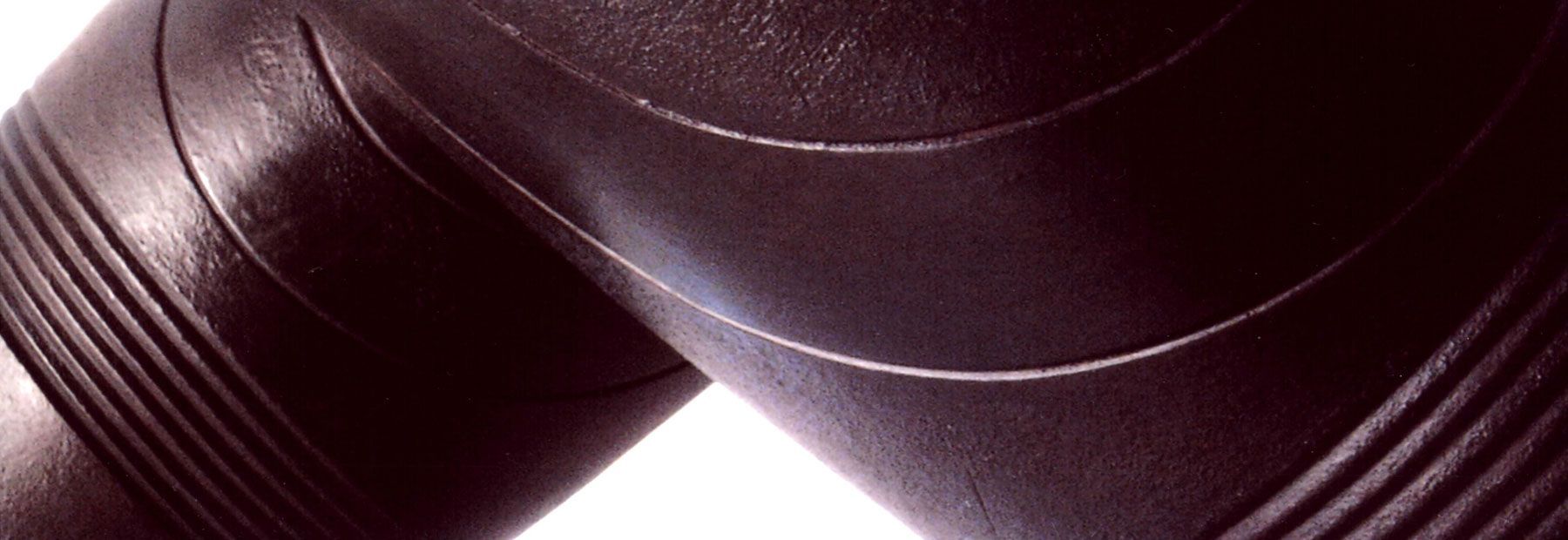
Slide title
Write your caption hereButton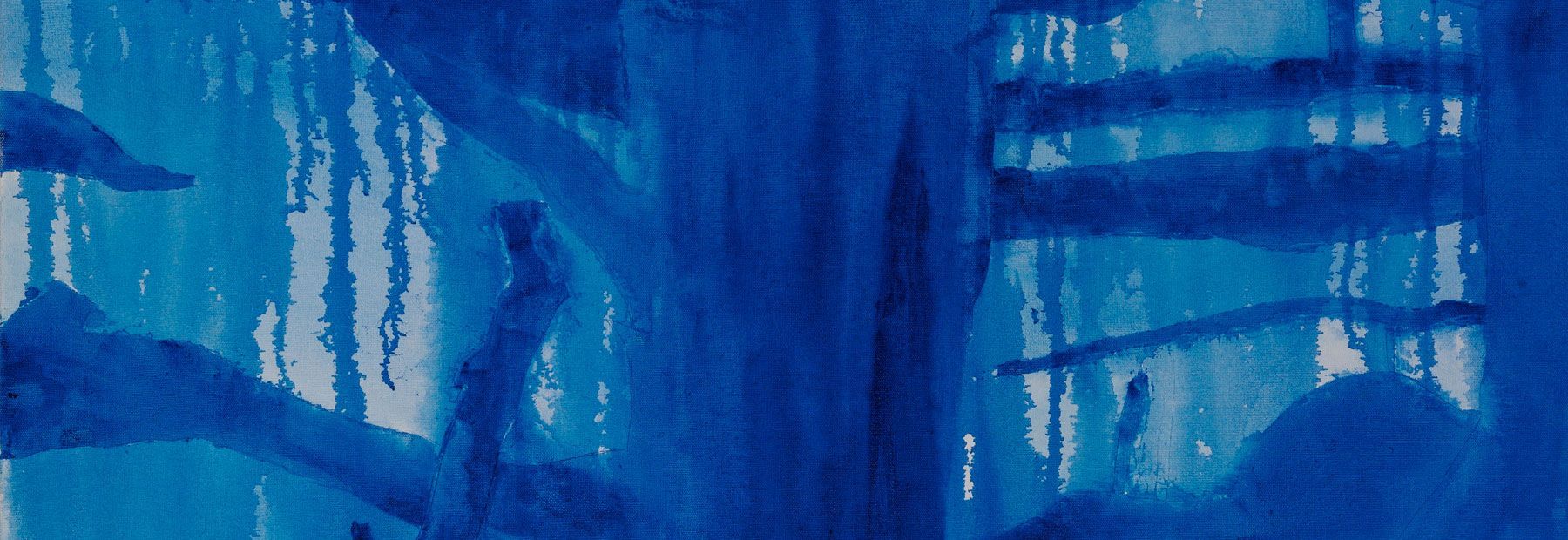
Slide title
Write your caption hereButton
Download issue 31 now
PDF file, approx. 1.3MB
Reinventing a New Zealand icon
The Maori meeting-house should be viewed as a metaphorical embodiment of Christ, suggests Andrew Panoho’s research into indigenous expression. A condensed version of a feature in CS Arts issue 31 - October 2008.
- Return to CS Arts issue 31- October 2008
- Other articles available to read online
- Discuss this article in the chrysalis seed arts community forum
An international art icon
Search our landscape and you will come across one familiar building. Its conceptual forms were birthed in the years following the great travail of the intertribal wars, and its physical structures converged the belief systems of two vastly different races. This structure is really our only distinctive, international art icon.
The Maori meeting house is not only a New Zealand icon that can shout aloud our identity to the world. It is also an invitation to us as flesh-and-blood human beings to gather together as creative communities and to tell our own stories in the art works upon its walls.
Historic origins
Like a monument to suffering, the meeting house emerged in the 1830s. For fifteen years previously Maori had endured the worst excesses of their own worldview. Out of a population of seventy thousand, at least twenty thousand had been killed by warring iwi. Into this vulnerable setting came the missionary. In a wave of spiritual fervour, over fifty percent of this nation turned to the God of the bible.
The concept of the meeting house is a post-European invention by Maori. It was created as a statement of identity to meet the needs of communities in their rapidly changing world. With its creative arts and associated cultural patterns, it evolved from a combination of sources: the chief’s house, the communal guesthouse and the European church.
Divergence of traditional art and Christian faith
The institutional church has had an on/off love affair with the Maori arts. Early missionaries feared its symbolic language, something that they never learnt to read. As cultural illiterates, they didn’t understand how to separate the iconographic forms of whakairo (carving), tukutuku (latticework) and kowhaiwhai (rafter painting) from the content that those forms represented.
The missionary-encouraged arts became increasingly decorative and devoid of thematic content. For example, in the church that the Reverend William Williams oversaw in Manutuke in 1849, carvers under Raharuhi Rukupo were halted from their work because Williams objected to the content of ancestral figures in the carvings.
Instead of providing alternative themes associated with a Christian house of worship, he opted for a decorative format of non-figurative manaia, thus missing out on the opportunity of spiritual and cultural integration.
Maori continued using traditional art themes in their meeting house designs, but did not investigate the new belief system of Christianity in them. For Maori Christians, a dichotomy of thought began and remains to this day, where their beliefs as Christians are separated from their traditional use of the arts of the meeting house.
It is no wonder that, after two hundred years of Christianity in Maoridom, there is presently a reversion back to an anti-Christian spirituality rather than their own Christian/Maori integration.
Interpreting the meeting house
Meeting houses can be ‘interpreted’ at several different levels. The first level is genealogical—linking the present community to the ancestor of the tribe.
The second is mythical or cosmological—linking the community to the greater cosmos around it.
A third, ‘modern’ level introduces the Western concept of linear time. This modern invention breaks away from ‘the eternal now’ Polynesian understanding of time, and anchors people into specific events, spaces and times as measurable history.
Anthropomorphism and the body of Christ
Master carver Paki Harrison outlines the anthropomorphic symbolism of the meeting house.
‘The meeting house (whare whakairo) is conceptualized metaphorically as a human body representing the founding ancestor of a tribe at the apex of the gable; attached to the tahuhu or ridgepole is the koruru (head). The maihi (barge boards) are the arms, outstretched to welcome guests. The tahuhu is the backbone and the heke (rafters) are the ribs.
‘& The kuwaha (mouth) or door is the symbolic entry where the physical and the spiritual realms come together. The window becomes the eye (matapihi) and the interior the womb (koopu) ... this visualization of the house as the body of an ancestor (male or female) brings together its individual members into a united organism sharing a life and heritage.’
I have suggested a thematic alternative – to transpose the body of Jesus Christ onto the anthropomorphic forms of the meeting house.
Christ now becomes the ancestor of the gathered community. This single concept holds so many implications. It not only embraces Maori iwi from diverse genealogical and dislocated geographical backgrounds, but it also embraces other races, cultures and creeds. In our complex and dysfunctional urban communities, Christ’s disarming love, as the uniting head of mankind, has the power to remove barriers and unite communities all over this country.
Cosmology
At a cosmological level, the entry wall is seen as the wall of creation and birth. Christ now becomes the first wall of creation, through whom the gathered are given life. The end wall is seen as the wall of death. Christ becomes the wall of death, for he is the ‘resurrection and life’ through whom the gathered will one day pass.
Transitory states occur when moving between different positions in the meeting house. The doorway for example, is a tapu threshold where the pare (carved lintel) removes harmful tapu from those entering the meeting house. Christ becomes the doorway to God the Father, removing our offences and allowing the gathered community unimpeded access into His presence.
Linear and cyclic time
The side walls discuss the journeys of the ancestors who have already walked the path of life. Christ becomes incarnate man intermingling his work with the gathered saints as their lives become meaningful stories of his resurrected power.
The tahuhu (ridgepole) kowhaiwhai pattern repetitions link the present generation to that of the ancestor. The heke (rafter) kowhaiwhai repetitions indicate the number of generations linking the pou ancestors to the founding tahuhu ancestor.
Christ becomes the first and the last, the beginning and the end. He transcends and telescopes linear time into the cyclic, eternal now. The past and the future are brought into the present reality – Christ embodied in the gathered community.
Uniting worldviews
Like a two-way street, symbols from two different cultures can convey parallel meanings.
For example: Europeans, in their journey with Christianity, have used the concept of an upside-down ship to describe the interior of their Cathedral buildings (European church bodies are called the nave, meaning ‘ship’ in Latin).
The same metaphor is also used for the meeting house, which has been referred to as the waka, or the canoe. Both speak of communal rowers/paddlers whose united energies propel their vessel forwards. Both speak of a challenging journey across turbulent waves in the seas of life.
Like the medieval cathedrals of Europe, the meeting house has been an illustrative teaching tool. A modern-day spectator can be guided step by step through its art forms and educated regarding the tales of heroes from the past.
As our society fragments further and further, we need tangible guides to tell their stories. We need flesh-and-blood people, who can physically walk with us demonstrating the realities of Christ’s kingdom around us.
By Andrew Panoho
Paki Harrison is quoted from Tane-Nui-A-Rangi, Auckland University Press (1988)
- Discuss this article in the chrysalis seed arts community forum
- Return to CS Arts issue 31 - October 2008
- Browse the CS Arts archives
- Other articles available to read online
